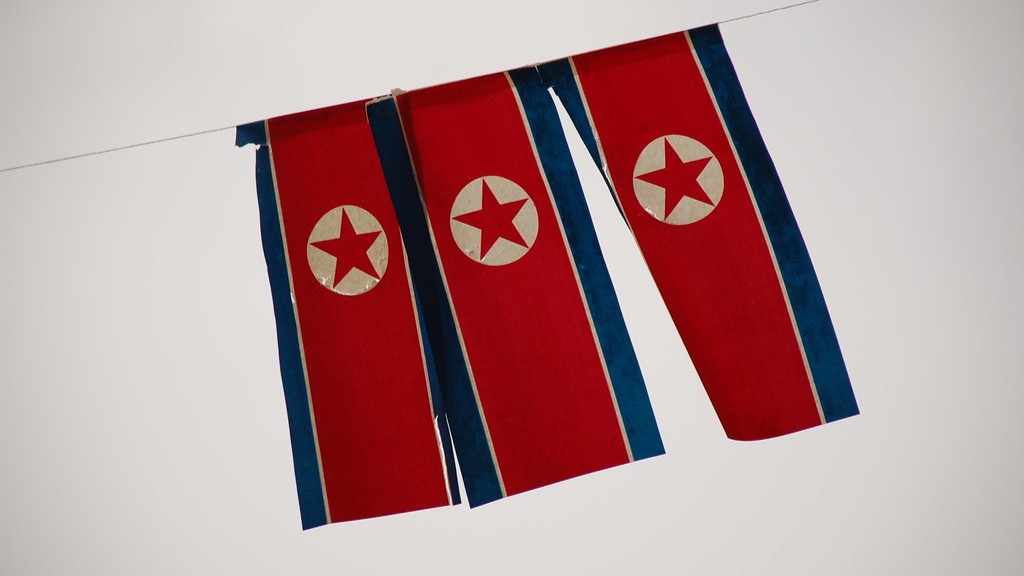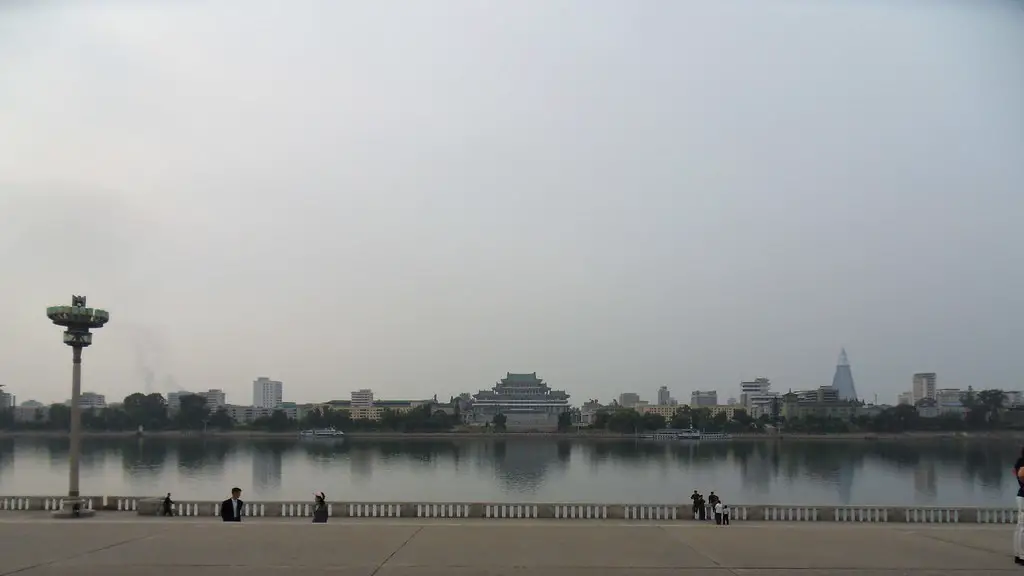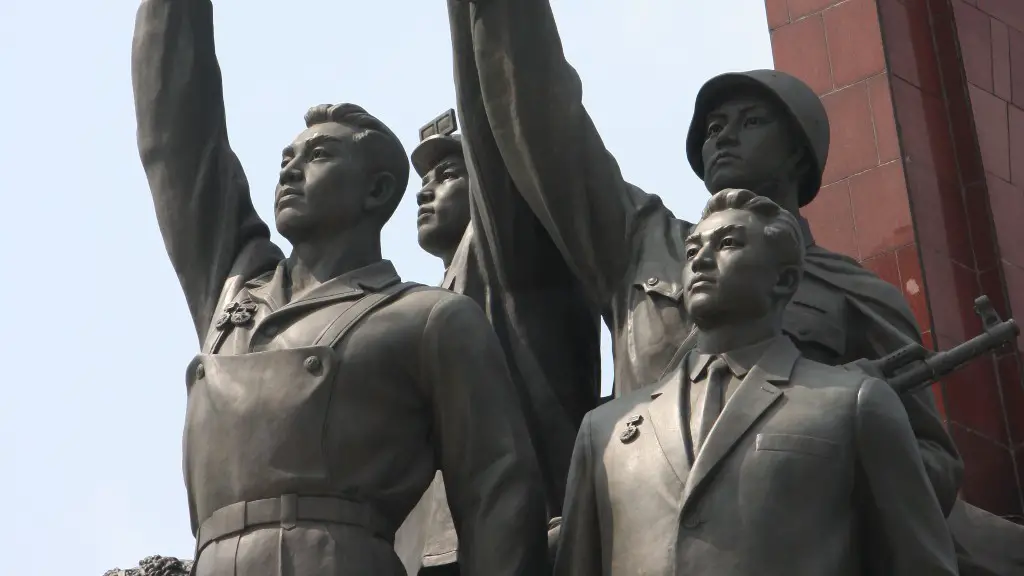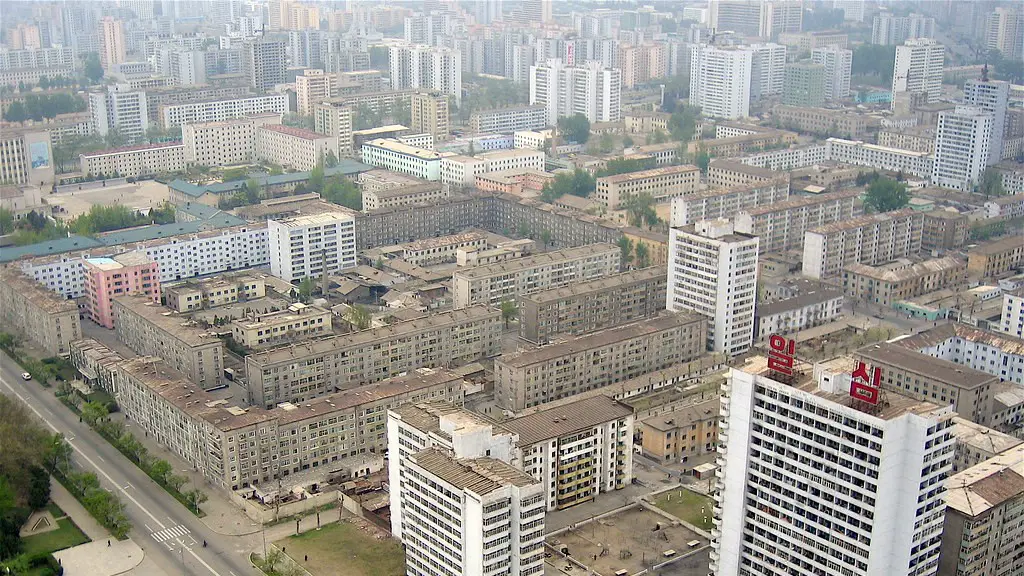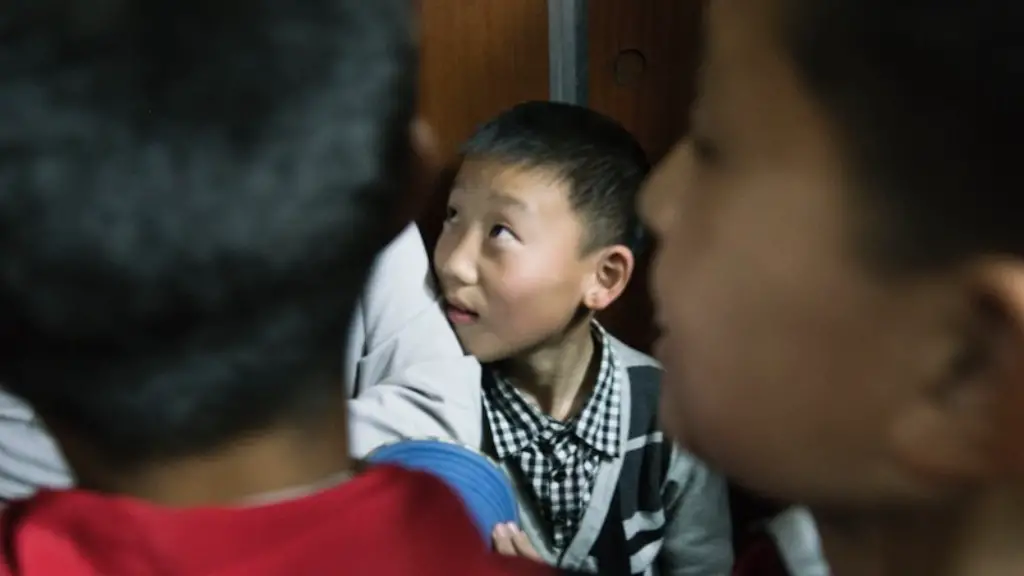North Korea’s economy is state-run and centrally planned. The government sets five-year economic development plans. The economy is heavily reliant on agriculture and mining. Sanctions and international isolation have severely impacted North Korea’s economy.
The economy of North Korea is a centrally planned system, where the role of market allocation is minimized. Though the country started out with a largely agrarian economy, North Korea has since developed a highly centralized industrial economy. North Korea’s economy is still reliant on its military and export of raw materials, though it has also developed a number of domestically-produced consumer goods.
What kind of economy does North Korea have?
The North Korean command economy is one in which the central government directs the economy regarding the production and distribution of goods. This type of economy is often seen as being centrally planned, and it can be contrasted with a free market economy.
The economy of South Korea is a highly developed mixed economy. By nominal GDP, it has the 4th largest economy in Asia and the 10th largest in the world. South Korea is notable for its rapid economic development from an underdeveloped nation to a developed, high-income country in a few generations.
The South Korean economy is export-driven, with manufacturing accounting for a large portion of the country’s GDP. The country is a world leader in a number of industries, including shipbuilding, electronics, and automobiles. South Korea is also a major destination for foreign direct investment, with a number of multinational corporations setting up operations in the country.
The South Korean government has traditionally been supportive of business and has implemented a number of policies to promote economic growth. The country has a well-developed infrastructure and a highly educated workforce.
Despite its successes, the South Korean economy faces a number of challenges, including a declining birthrate, an aging population, and high levels of household debt.
Why is North Korea’s economy poor
North Korea’s economy is in a state of chronic economic problems due to years of underinvestment, shortages of spare parts, and poor maintenance. The industrial capital stock is nearly beyond repair, which poses serious challenges for the country’s future economic development.
North Korea’s economic freedom score of 30 places it at 177th out of a possible 186 countries in the world. This makes it one of the least free countries in the world when it comes to economic freedom. North Korea is ranked 39th out of the 39 countries in the Asia-Pacific region, and its overall score is below the regional and world averages. The main reason for North Korea’s low ranking is its lack of private property rights, freedom of trade, and freedom of investment. The North Korean government also controls most prices and wages, as well as the allocation of resources.
Does North Korea pay taxes?
Although North Korea claims to be the world’s only tax-free country, the government still collects revenue from citizens in the form of hidden taxation through various sales taxes. This is done in order to keep the country’s tax-free status while still generating income. While this may seem unfair to the citizens, it is still a common practice in many countries around the world.
Soju is the national drink of North Korea, and there is no limit on consumption. It could even be considered a national pastime – much like life in South Korea, China and much of East Asia. The main drink of choice is soju, a clear spirit made from rice, wheat or barley.
What is Korea’s main source of income?
South Korea’s economy heavily relies on foreign trade. South Korea is not only an export-driven country, but it also imports goods from China, the USA, and Japan. In fact, 70% of South Korea’s GDP is based on world trade, which includes exports and imports. This dependence on world trade is forecasted to increase in the upcoming years.
1. North Korea is one of the poorest countries in the world.
2. Forty percent of the population, or about 24 million people, live below the poverty line.
3. The poverty rate in North Korea is higher than in any other country in the world.
4. Nearly two-thirds of North Koreans cannot afford to buy enough food to meet their basic needs.
5. Malnutrition and hunger are widespread in North Korea.
6. Many North Koreans do not have access to clean water or adequate sanitation.
7. Housing conditions are often poor, and families often live in overcrowded conditions.
8. Children in North Korea often do not have access to adequate education or health care.
9. North Korea’s economy is heavily reliant on international aid.
10. The situation in North Korea is deteriorating, and the poverty rate is likely to increase in the coming years.
What is North Korea’s main export
The North Korea Exports is projected to trend around 162437 USD Million in 2023 and 164146 USD Million in 2024, according to our econometric models. North Korea mainly exports commodities like coal and iron ore and textiles. China is the main trading partner.
The most successful export industry in North Korea is the garment industry. Production is by a North Korean firm for a European or other foreign partner, by a Chinese firm operating in North Korea with a North Korean partner, or by North Korean workers working in Chinese or other foreign factories.
Do North Koreans live in poverty?
The poverty rate in North Korea has been increasing over the years due to poor governance by the totalitarian regime. It is estimated that 60% of the total population of North Korea live below the poverty line in 2020. The poverty situation in North Korea is exacerbated by the fact that the country is subject to international sanctions. This has led to a shortage of food and other essential supplies in the country.
According to the United Nations COMTRADE database, United States exports to North Korea was $432 Thousand during 2018. This data is subject to change and was last updated on February of 2023.
Who is richer North or South Korea
This is a huge difference and it really puts into perspective just how different the two countries are, both economically and in terms of development. It’s really quite incredible.
While the North Korean constitution does guarantee certain freedoms, in practice these are often outweighed by other requirements. For example, the need to follow a socialist way of life often takes precedence over freedom of speech or assembly. This can create a difficult and restrictive environment for many citizens.
What can you buy in North Korea?
If you are looking for a North Korean souvenir, you will be able to find a wide variety of unique and interesting products. From coins and stamps, to hand-painted posters and books written by the “Great Leaders”, there is sure to be something to suit your taste. You can also buy CDs and videos of North Korean movies, as well as traditional Korean products such as alcohol and cigarettes.
There is no denying that the right to free medical treatment is a fundamental human right. However, whether or not the claim that “the workers, farmers, working intellectuals and all the rest of the citizens have the right to free medical treatment” is true is difficult to say. This is due to the lack of data about the formal (and informal) costs of healthcare in North Korea. Without this information, it is difficult to know whether or not the average citizen would be able to afford basic medical care.
Is the cost of living high in North Korea
The cost of living in North Korea is unrepresentative of the economic hardship faced by most citizens. Workers typically earn between two and three dollars a month from the government, and mismanagement in currency caused inflation to rise to figures as high as 100%. Despite these hardships, the people of North Korea continue to live their lives with hope and determination.
North Korea still owes 22 billion Swedish kronor (234 million euros) to Sweden from these imports. Out of all countries, the North Korean debt to Sweden is the largest, followed by Iraq whose debt is a billion kronor smaller. North Korea’s debt to Sweden is largely due to the purchase of weapons and military equipment during the Cold War era. These purchases were made possible by loans from the Swedish government.
Conclusion
The economy of North Korea is a centrally planned system, where the role of market allocation is minimal. Since the 1950s, the country has been focusing on building a self-reliant economy. Industrial and agricultural output is strictly managed by the government through five-year plans. Despite this, North Korea remains one of the poorest countries in the world, with a per capita GDP of US$1,700 in 2017.
The North Korea economy is a centrally planned system where the government decides what goods and services will be produced and how they will be distributed. This makes the economy very inefficient, and North Koreans have a very low standard of living.

